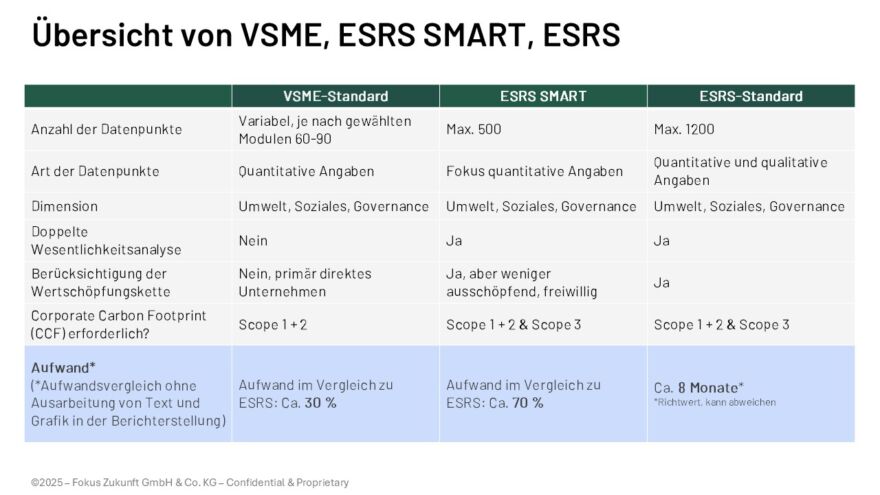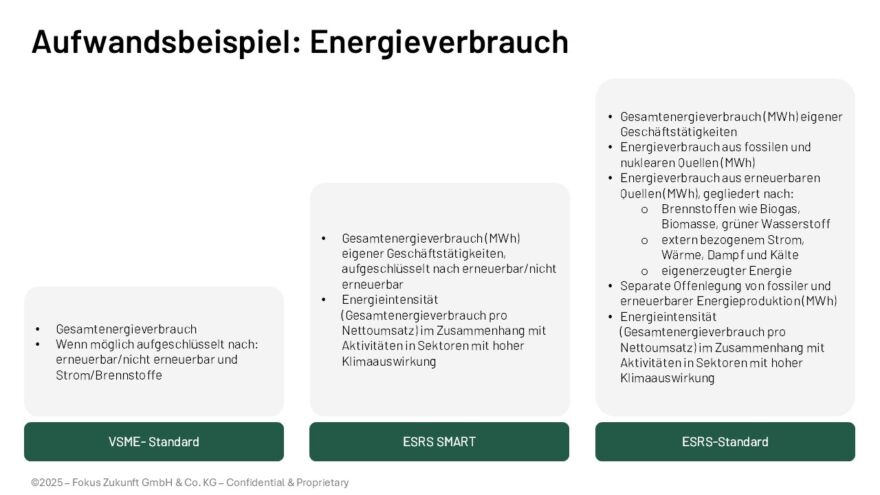
The circular economy: sustainability and innovation in harmony
How companies can benefit from a sustainable, resource-conserving economic system.

How companies can benefit from a sustainable, resource-conserving economic system.
The aim of the circular economy is to close material cycles. This approach not only reduces the consumption of resources, but also minimizes the environmental impact of production.
In a world where resources are becoming scarcer and environmental damage increasingly visible, the circular economy (CE) offers a sustainable answer to the pressing challenges of our time. This concept shows how economic growth and environmental protection can be combined by keeping materials and products in circulation instead of wasting and disposing of them. Examples such as rising raw material prices, supply bottlenecks and new legal requirements illustrate the urgency of change.
The linear economy is based on a simple principle: extract resources, manufacture products, use them and throw them away. This approach has its limits. In contrast, the circular economy aims to close material cycles.
In concrete terms, this means
One prominent example is the manufacturer Patagonia, which repairs defective outdoor clothing in order to extend the life of its products. This approach not only reduces the consumption of resources, but also minimizes the environmental impact of production. At the same time, new business opportunities and innovation potential are created, for example through the introduction of second-hand platforms such as Worn Wear Patagonia.
The circular economy starts with design. Circular design is the key lever for creating products, services and systems that are designed to be circular from the outset. Design encompasses more than just aesthetic design – it involves strategic decisions that affect the entire value chain:
A successful circular economy is based on sound data and comprehensive transparency. Tools such as life cycle analysis (LCA) and digital product passports help companies to visualize their impact and make informed decisions.
The circular economy is much more than an ecological concept. It offers companies the opportunity to increase their competitiveness through cost efficiency, develop new business models and at the same time make an active contribution to environmental protection. According to a study by the Ellen MacArthur Foundation, the introduction of circular business models could save European companies up to 600 billion euros per year.

